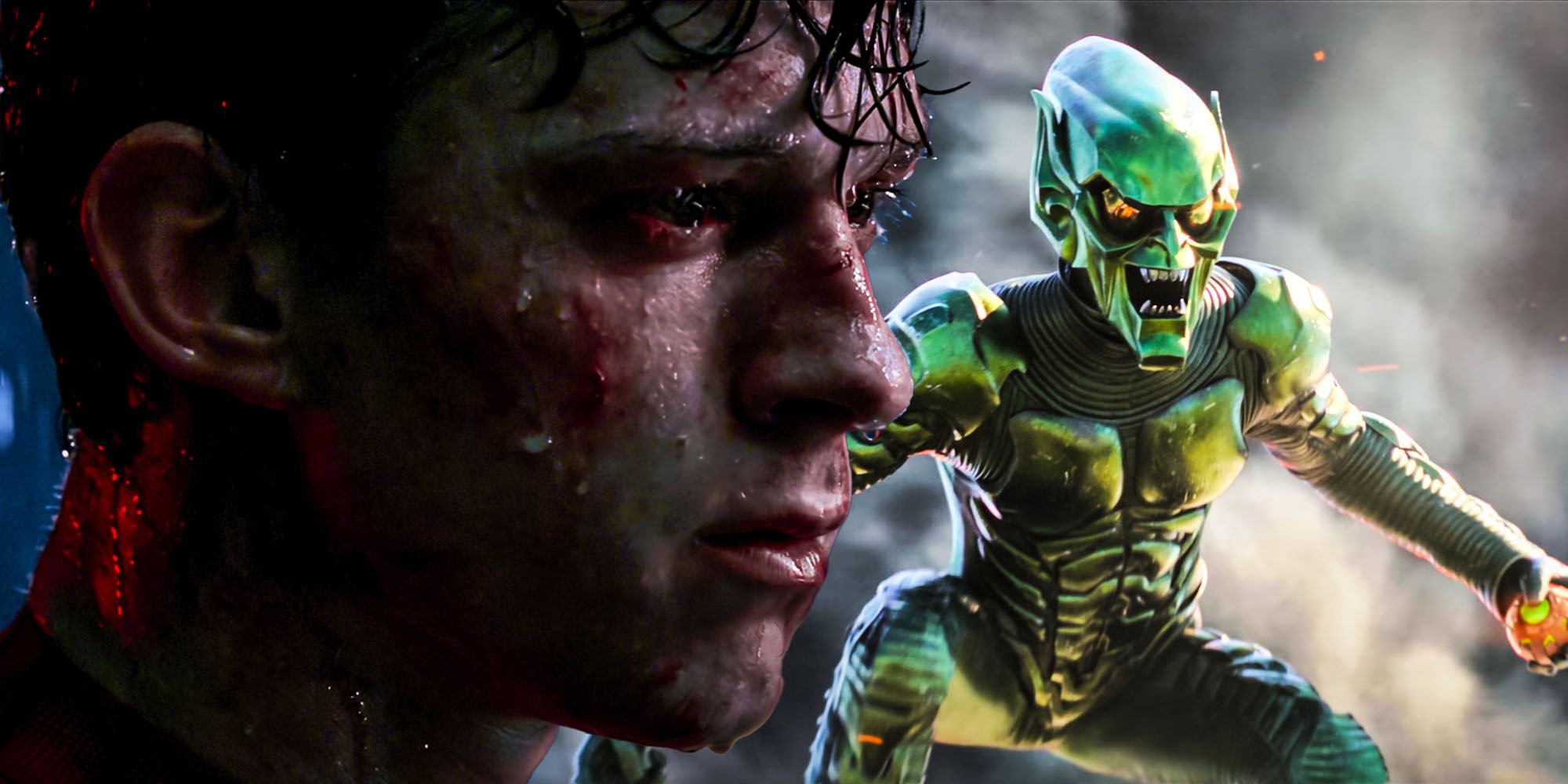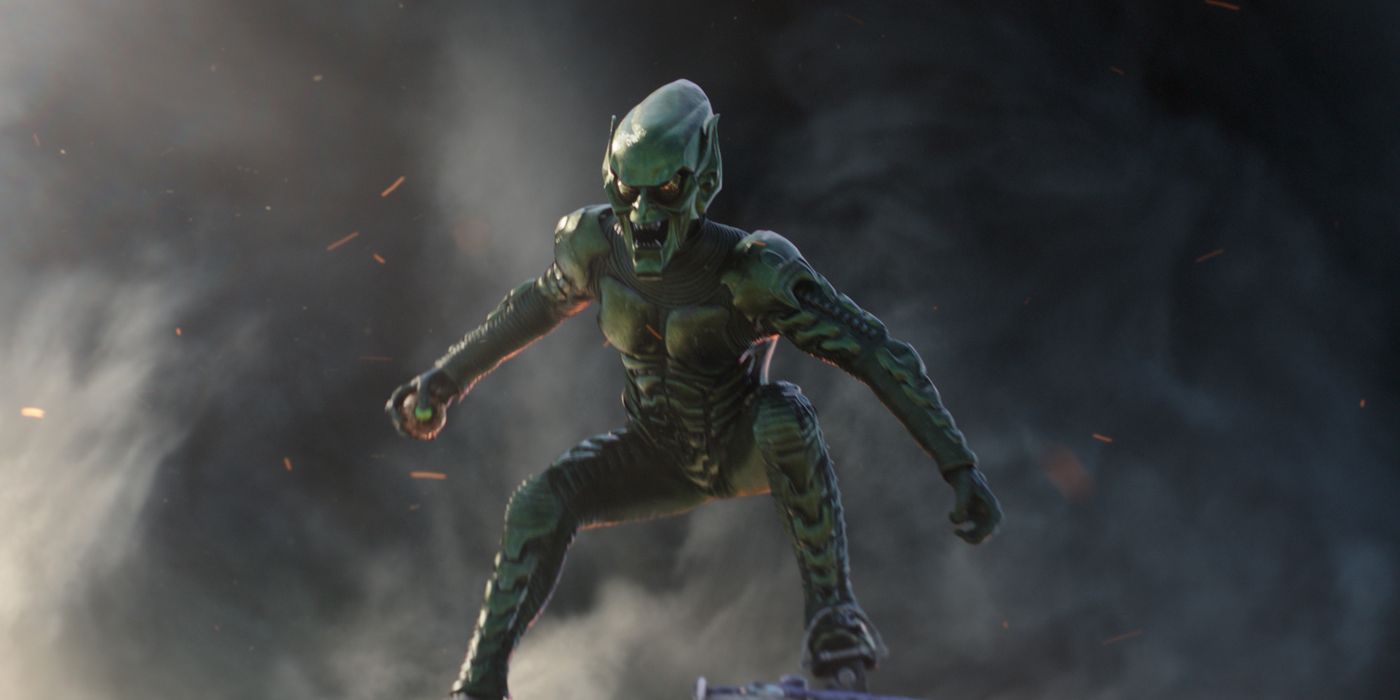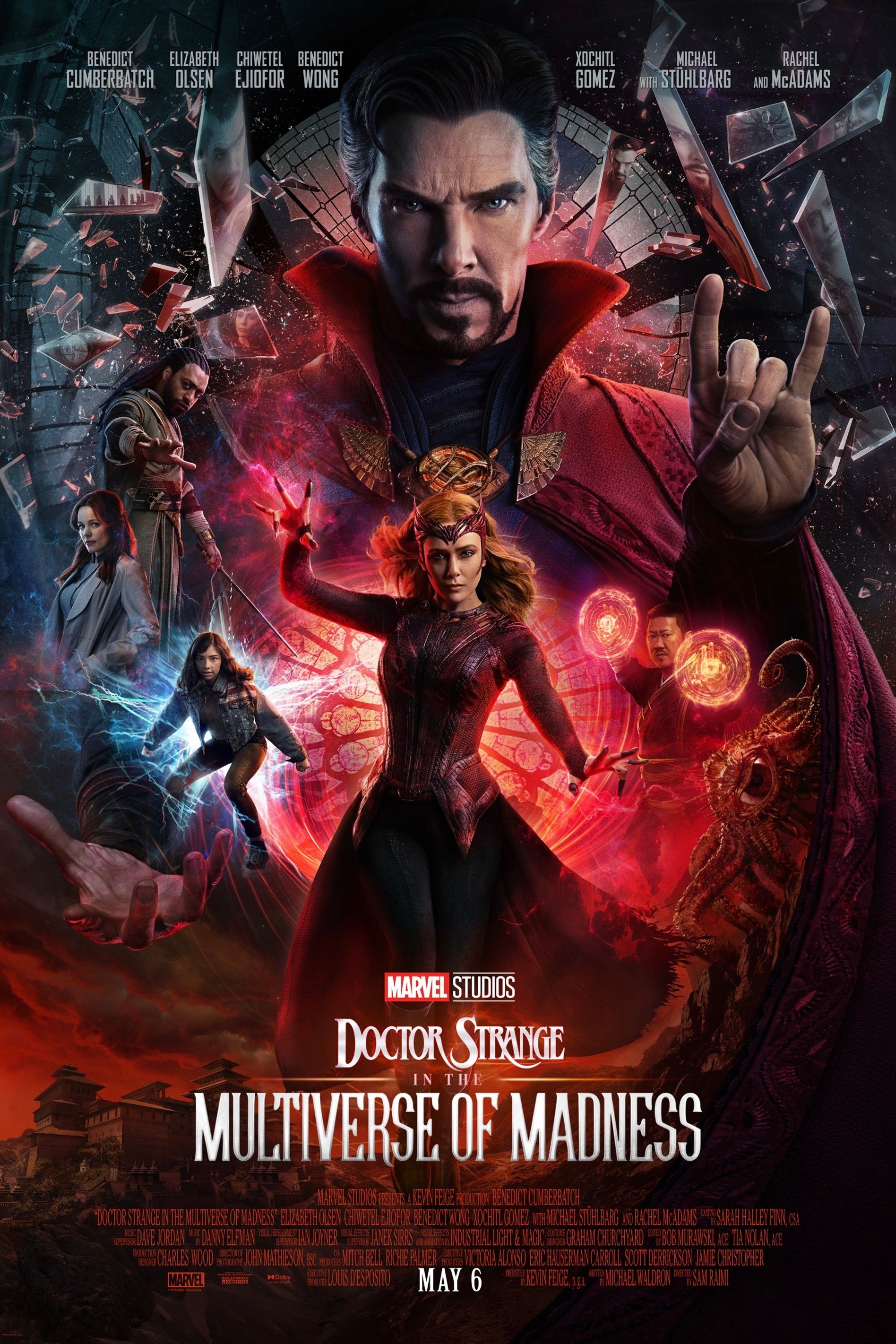Caution: Major spoilers ahead for Spider-Man: No Way Home
A common complaint about the MCU is that their act 3 villain fights lack emotional depth and are over-reliant on CGI effects, but, whether or not this is true, Spider-Man: No Way Home avoids such criticisms. With over a decade of superhero films, it’s easy to imagine that filmgoers are numb to some of the MCU’s common elements by 2021, but No Way Home was a success among viewers, critics, and the box office in a similar vein of Avengers: Endgame. Aside from extreme and welcome levels of fan service, No Way Home featured a truly emotional story with significant ramifications for its characters which culminated in one of the franchise’s best act 3 villain fights.
No Way Home brings back supervillains and iterations of Spider-Man from the two previous film franchises, giving a degree of closure to almost two decades of Spider-Man films. While each villain gets their respective chance to shine in No Way Home, the film establishes Willem Dafoe’s Norman Osborn, a.k.a. the Green Goblin as its ultimate villain. While not as powerful as a cosmic threat like Thanos, the Green Goblin is, like his comic counterpart, far more dangerous than any other Marvel villain due to his sadistic and well-honed skill at breaking his opponents’ spirits, which he very nearly does to Tom Holland’s Peter Parker.
No Way Home establishes the Green Goblin as being unlike anything Tom Holland’s Spider-Man has faced before early on. In their first fight, the Green Goblin trounces Spider-Man, smashing him through the floors of a building and taking a barrage of punches with nothing but a sinister smile and cackle. The fight concludes with him killing Aunt May, Peter’s adopted mother. By the time Spider-Man has his rematch with the Goblin, it’s a truly brutal and emotionally-charged grudge match, with two super-powered beings brawling with little CGI interference. The Goblin nearly broke Peter, and it was only thanks to the two Peter Parker variants that the MCU’s Spider-Man didn’t cross a line and kill Osborn.
The Green Goblin may possess a vast arsenal of deadly weapons, but 2002’s Spider-Man and No Way Home both demonstrate that Osborn is at his deadliest when fighting in hand-to-hand combat. The Goblin pummeled both the Tobey Maguire and Tom Holland versions of Spider-Man on two separate occasions, but the Holland iteration was at risk in more ways than one. The normally-idealistic Peter Parker was ready to kill Norman Osborn and he came dangerously close to doing so.
Preceding this final brawl was a CGI-laden battle between the three Spider-Man iterations and three of the multiverse villains, but even this avoided the MCU’s typical criticisms. The scene was full of emotional catharsis, as three generations of Spider-Man worked together to defeat their enemies by redeeming them rather than killing them. Each segment of the battle ends with an uplifting moment of a villain becoming their previous self again (and receiving uplifting words from an iteration of Spider-Man), and the sequence is full of crowd-pleasing frames, similar to Endgame’s final battle.
Rather than increasing the scale of its act 3 villain fight, No Way Home increased the stakes and the emotional weight. The film had all three cinematic versions of Spider-Man teaming up to defeat their (now shared) villains. The final battle between Spider-Man and the Green Goblin, however, was scrappy, brutal, and personal, giving Spider-Man: No Way Home perhaps the best fight in the MCU thus far.







